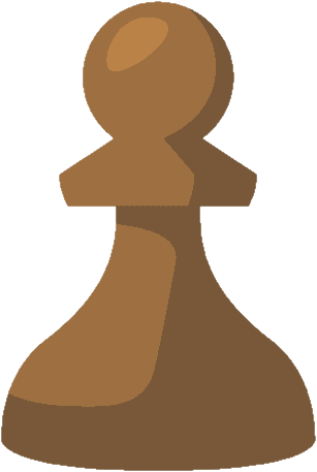This blog post details a variation of chess called Beacon Chess.
What Are Beacons?[]
In normal chess, pieces usually can not alter their basic move pattern based on what pieces are around them. What I mean by that is that a queen will always have the same mobility as a rook combined with a bishop no matter what pieces surround the queen. So too, a pawn can only move one square forward or diagonally if capturing, and this almost never changes. The only times it does is with en passant for pawns and castling for rooks and kings. These special moves allow the constituent pieces to make moves that would otherwise be illegal.
In Beacon Chess however, the mobility or possible moves a piece can make is actually altered by what pieces are around it. The move abilities of adjacent pieces will pour into a piece that is adjacent to them, and thus adjacent pieces form influence on a piece causing it's mobility to increase. Pieces that exert this influence for any given piece are called beacons, because they amplify the power of a piece.
How Do Beacons Work?[]
It's pretty simple:
- First, if two or more pieces of the same color are within capturing distance of each other they are said to be "influencing" eachother.
- Second, mobilities are fused by saying that if A is a piece that is influenced by constituents B1, B2, B3, ... then A now has all the mobility available to pieces B1, B2, B3, ...
- Third, no influence may be exerted on the king.



